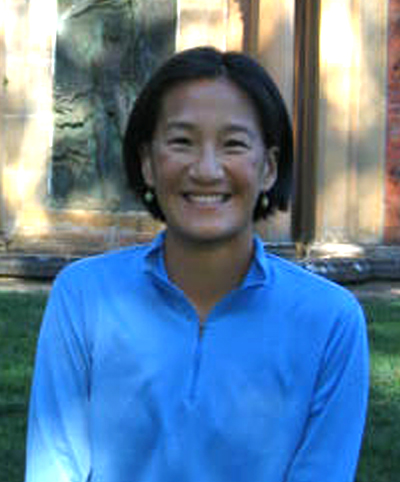Center for Instructional
Innovation and Assessment
INNOVATIVE TEACHING SHOWCASE
2006
2007
Institutional Goals
Listed below are selected learning outcomes in the areas of critical thinking, writing, and information literacy that Western Washington University is actively integrating into its curriculum. Each learning outcome is listed with its definition, along with a description of how Grace A. Wang's teaching strategies meet each of these student learning outcome goals.Critical Thinking
| Learning Outcomes | Definition | Course Outcomes |
|---|---|---|
| Identification | Accurately identifies and interprets evidence. | Upon completing the environmental footprint (EF) assignment, each student receives their EF score, a quantitative measure of how many acres they use, as well as the total number of Earths the students would need if everyone lived like the student. The students then identify areas in their lifestyle where they can reduce their personal EF in several important categories – transportation, housing, and food. |
| Alternative Consideration | Considers major alternative points of view. | A reflective portion of the follow-up paper has students ponder why the EF in the United States is much higher than elsewhere in the world. |
| Accurate Conclusions | Draws warranted, judicious, non-fallacious conclusions. | The environmental footprint website provides an American average, and the students are able to compare their "score" with that of the rest of the country. |
| Justification | Justifies key results and procedures, and explains assumptions and reasons. | In the conclusion of the follow-up paper, students are asked to take a broader perspective, asking how society-at-large can reduce our collective footprint and whether we should. |
Source:
Adapted from Western Washington University's Learning Outcomes for Writing II.


